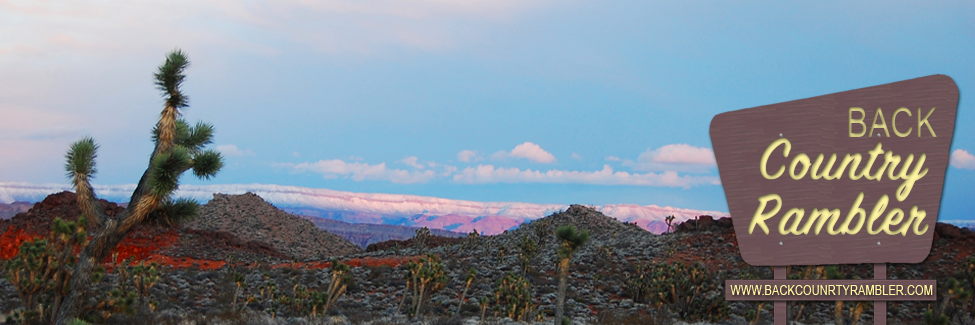Delamar Nevada was once a booming mining town situated in the foot hills of the Delamar Mountains Nevada
Delamar is situated in the low foothills of the Delamar Mountains , east of the Pahroc Range and Delamar Valley Caliente , Nevada
The bonanza days of Delamar Nevada were between 1890 and 1902 but operated until 1909. This was a time when other mining districts in Nevada were declining. The Delamar Mining District produced more than half of the State’s ore during the mid-1890’s. During this time in Nevada, Delamar was out producing such mines as the Bullfrog and Manhattan. It was only surpassed by Goldfield and Tonopah. In 1894 the Delamar Mining District was the premier producer of Gold in Nevada. The Delamar Mining District represented yet another hope for the boom and bust economy that still plagues Nevada today.
The Delamar Mining District was originally named the Ferguson Mining District. This was named after the original discovers of the claim John E. Ferguson and Alvin Ferguson. The Fergusons were farmers from the Pahranagat Valley. It didn’t take long for others to stake their claim. J. R. De Lamar, who was already heavily invested in the mining business throughout the west, came in and bought most of the claims in 1893 consolidating much of the sliced up mountain side. It was De Lamar who took this operation from a mining camp into a full-fledged mining operation. By 1894 the operation was in high gear at the mines in Delamar Nevada.
As is often the case in the Southern Nevada desert, water was a scare resource but also a necessity for mining and related activities. However when there is a will there is a way and the prospect of gold creates a will. Two pipelines were constructed to get the much needed water to the Delamar mines. One came from the Meadow valley Wash, 12 miles away on the other side of the Delamar Mountain range. All the supplies in the early years, including the lumber, had to be hauled by mule team from the Milford Utah railroad depot. The ore also had to be shipped by mule team from Delamar to Milford.
Between 1892 and 1902 the Delamar mines were reported to have produced $9,500,000 in gold and silver. In 1902 Capt. J.R. De Lamar sold his interest in the mines. In early 1906 the town was ravaged by fire and burned it down to the foundations. Some of the buildings that supported the current mining operations were rebuilt. The current operation, which had bought De Lamar’s interest, ran the mines until 1909. From 1902 to 1909 it was reported that the operation produced $3,400,000 in gold and silver. It was in 1909 when the Delamar mines played out with the last of the bonanza days of Delamar. The Delamar Mines sat idle from 1909 until 1932 when a group came in and retreated the old mill tailings. Between 1932 and 1940 it was reported that $781,500 in gold was recovered. It is estimated that there are 300 building sites at Delamar. These are marked by the stone foundations and the few remaining free standing walls.
The prospect of the next big lode at Delamar brought many ambitious souls seeking to strike it rich. A few of them, along with their ambitions, are buried on the side of the lonely Delamar Mountains, quietly tucked away in the Nevada desert. The average miners like expectancy working at Delamar from the time he started at the mines was 8 months. This was due to the quartz rock mining techniques and a disease called Silicosis.
On fair weather days you will most likely not need a four-wheel drive to access the Delamar mine site but I would suggest it. However you will need a high clearance vehicle for sure with good sturdy tires. If there has been a recent rain storm then the Delamar Valley can be a bit of a muddy bog and I would highly recommend four-wheel drive. The stretch of road from the cemetery to the main part of the Delamar mine operation is carved out of the side of the mountain. This road is not maintained and is rough and rocky traveling. This is where the high clearance will be a necessity and four low will come in handy.
Be careful about mine shafts. Many have been closed, some have been fenced but there are still many that are just open holes into the ground. Keep your eyes open and use common sense; Stay out and stay alive.

































